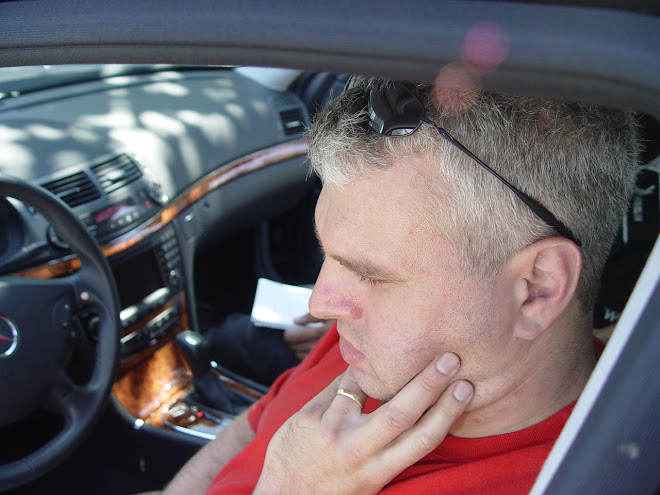After spending valuable resources in modifying your Porsche, BMW or Mercedes, the drag strip is the place to go to TEST your newly found horsepower. (besides the dyno)
Quote
A drag race is an acceleration contest from a standing start between two vehicles over a measured distance. The accepted standard for that distance is either a quarter-mile (1,320 feet) or an eighth-mile (660 feet). A drag racing event is a series of such two-vehicle, tournament-style eliminations. The losing driver in each race is eliminated, and the winning drivers progress until one driver remains.
These contests are started by means of an electronic device commonly called a Christmas Tree because of its multicolored starting lights. On each side of the Tree are seven lights: two small amber lights at the top of the fixture, followed in descending order by three larger LED lights, a green bulb, and a red bulb.
Two light beams cross the starting-line area and connect to trackside photocells, which are wired to the Christmas Tree and electronic timers in the control tower. When the front tires of a vehicle break the first light beam, called the prestage beam, the pre-stage light on the Christmas Tree indicates that the racer is approximately seven inches from the starting line.
When the racer rolls forward into the stage beam, the front tires are positioned exactly on the starting line and the stage bulb is lit on the Tree, which indicates that the vehicle is ready to race. When both vehicles are fully staged, the starter will activate the Tree, and each driver will focus on the three large amber lights on his or her side of the Tree.
Depending on the type of racing, all three large amber lights will flash simultaneously, followed four-tenths of a second later by the green light (called a Pro Tree), or the three bulbs will flash consecutively five-tenths of a second apart, followed five-tenths later by the green light (called a Sportsman, or full, Tree).
Two Separate performances are monitored for each run: elapsed time and speed. Upon leaving the staging beams, each vehicle activates an elapsed-time clock, which is stopped when that vehicle reaches the finish line. The start-to-finish clocking is the vehicle's elapsed time (e.t.), which serves to measure performance. Speed is measured in a 66-foot "speed trap" that ends at the finish line. Each lane is timed independently.
The first vehicle across the finish line wins, unless, in applicable categories, it runs quicker than its dial-in or index (see glossary). A racer also may be disqualified for leaving the starting line too soon, leaving the lane boundary (either by crossing the centerline, touching the guardwall or guardrail, or striking a track fixture such as the photocells), failing to stage, or failing a post-run inspection (in NHRA class racing, vehicles usually are weighed and their fuel checked after each run, and a complete engine teardown is done after an event victory). Unquote
From : NHRA.com
Subscribe to:
Post Comments (Atom)


No comments:
Post a Comment